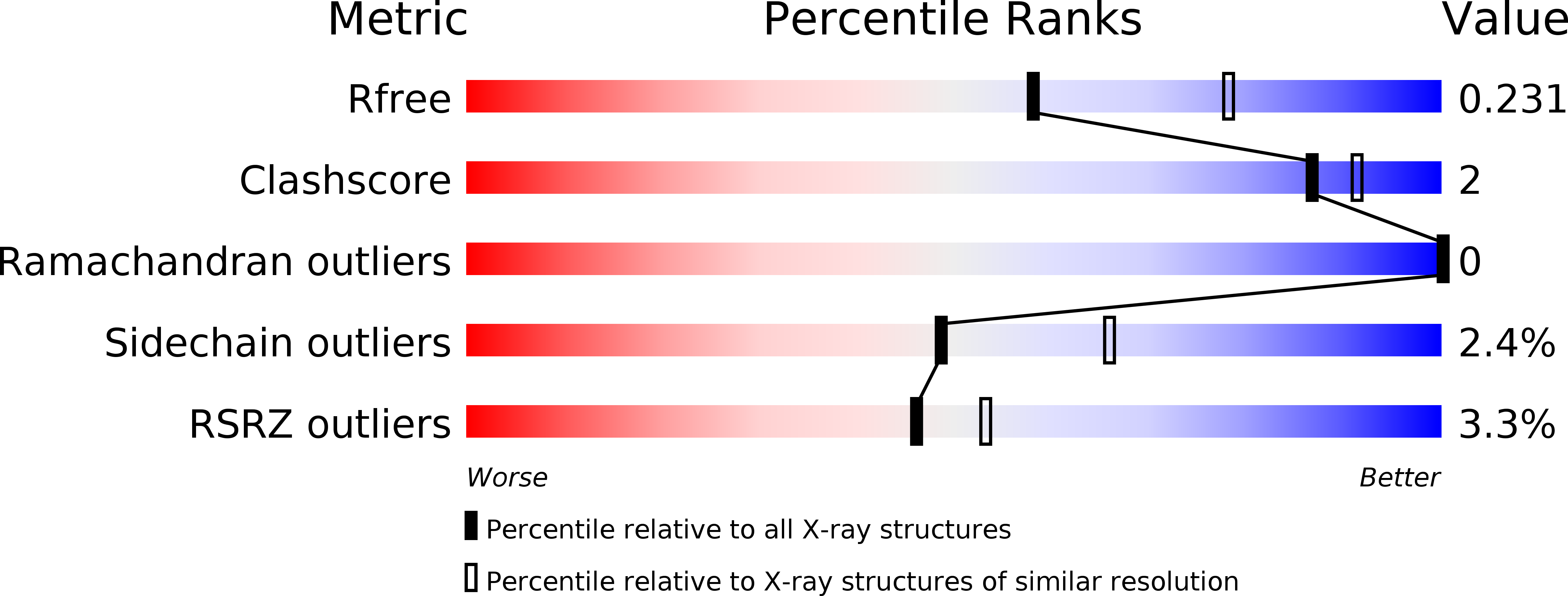
Deposition Date
2015-08-24
Release Date
2016-09-07
Last Version Date
2023-09-27
Entry Detail
PDB ID:
5DCF
Keywords:
Title:
C-terminal domain of XerD recombinase in complex with gamma domain of FtsK
Biological Source:
Source Organism:
Escherichia coli O6:H1 (strain CFT073 / ATCC 700928 / UPEC) (Taxon ID: 199310)
Escherichia coli (Taxon ID: 83333)
Escherichia coli (Taxon ID: 83333)
Host Organism:
Method Details:
Experimental Method:
Resolution:
2.30 Å
R-Value Free:
0.22
R-Value Work:
0.19
R-Value Observed:
0.19
Space Group:
P 65


